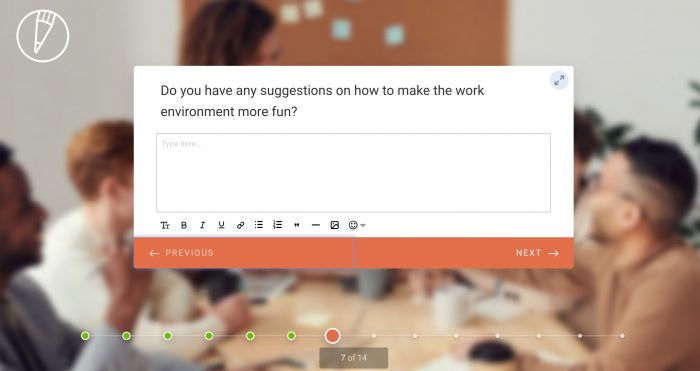As a manager, you’re busy. You have endless meetings, family responsibilities, and an urgent to-do list. You do what you can, when you can. Email is something you fit in when you have time, whether that’s in between meetings or catching up before bed. It feels good to check it off your list, and it’s better to respond sooner than later.
Except, emails outside of work hours are driving your employees crazy. Even if there is no explicit expectation of a quick response, they want to be good team members, which means pausing while unwinding or spending time with their families to address the email.
But it’s just an email, you’re probably thinking. A quick ask, no big deal. But an email is never just an email. Aside from the cost of context switching, an email requires engagement. You wouldn’t be sending it to them in the first place if they didn’t need to take action in some way, even if it’s just reading thoughtfully. It might not be time-consuming, but it is stressful and can lead to burnout over time.
Email was a game-changer, yes. But productivity tools are a double-edged sword. As email moved from desktops at internet cafes to inside your pocket literally anywhere, we’ve never been able to work faster. This availability sounds like it would lead to more productivity, but it comes at a cost. Constant availability affects your ability to focus, be creative, and rest.
As a leader, it’s important that you understand the impact of email on your team. You’re guiding company culture from the top. Even in a flat organization, the founders and early team members hold a certain gravitas. Be aware of the power you yield. In order to get the best work out of your team and keep burnout at bay, here are some tactics to getting your email culture under control.
Be clear about the purpose of your email
Get to the point quickly. Especially in emails for a large team or the whole company, be concise in your language and clear on what your goals are. If they are to communicate a change or update, be clear on the ask for feedback.
If you can’t think of a clear request for each person, exclude them. FYI isn’t a good enough reason to clog their inbox. Loop them in when you’re asking for specific feedback or keep them posted during a one-on-one. Building a culture of transparency fosters trust between employees and management. If you’re transparent on expectations, it will be clear to your employees why they were or were not copied on something.
I get a lot of emails that I’m copied on just to keep me in the loop. It feels like an ego problem. People are concerned that if I’m left out, I’ll be offended. It’s the opposite. By leaving me off emails, I feel like my team respects my time and understands how to work autonomously. When they need something specific, I get one email instead of having to dig through a thread, making it easier for me to catch up quickly and help.
Use the tools you have
When collecting feedback from a customer, you’d never go back and forth on an email chain for days or weeks. That would be disrespectful of their time and potentially even change their willingness to work with you. So, why are you doing that with your own employees?
When I need feedback from a team, I use the same tools I use when I need feedback from customers. In-house, we use Jotform, of course. Instead of having to track down answers in a growing thread that steals my team’s time or repeat myself across multiple emails, I can create a form and collect data from my team by sending directly the link or embedding it in my emails. I make sure that I’m standardizing the questions I ask, so the data is more meaningful, and I have all the answers in one place. It’s easy to track and analyze, saving me and my team time and frustration.
Schedule the email for work hours
Maybe your schedule requires you to catch up on emails early in the morning before you hit the gym or in the evening after your kids are asleep. That’s fine. It’s your schedule. The problem is when you start infringing upon your employee’s time, which happens the second you press “send.” Instead, schedule your emails for the next workday.
By letting your employees have uninterrupted downtime, you’re giving them the space to recharge. Protecting your team’s time away from work makes them more focused when they are working. Whether it’s a quick coffee break in the afternoon or instating a “no evening email” policy, by giving them time away from work, you’re investing in their physical and mental health. Aside from being the right thing to do, it’s good for business.
Set expectations
I don’t expect my employees to respond to email late at night or to log on while they’re on vacation. But, I can’t assume they know that, even if I try to lead by example. Creating a policy around email after-hours clearly sets expectations for employees. Once you’ve written and shared the policy, stick to it. Don’t respond to email after-hours, and make sure there’s a plan in place when employees take a vacation or any other extended leave that lets them stay offline.
It’s important to me that Jotform’s company culture is one that allows space for rest. In order for my team to perform at their highest level, they need time to recover, pursue their own hobbies, and spend time with their families. Expecting them to be constantly available is self-defeating. By formalizing an email policy, your employees can take the breaks they need while resting assured that they’re still team players.














Send Comment: